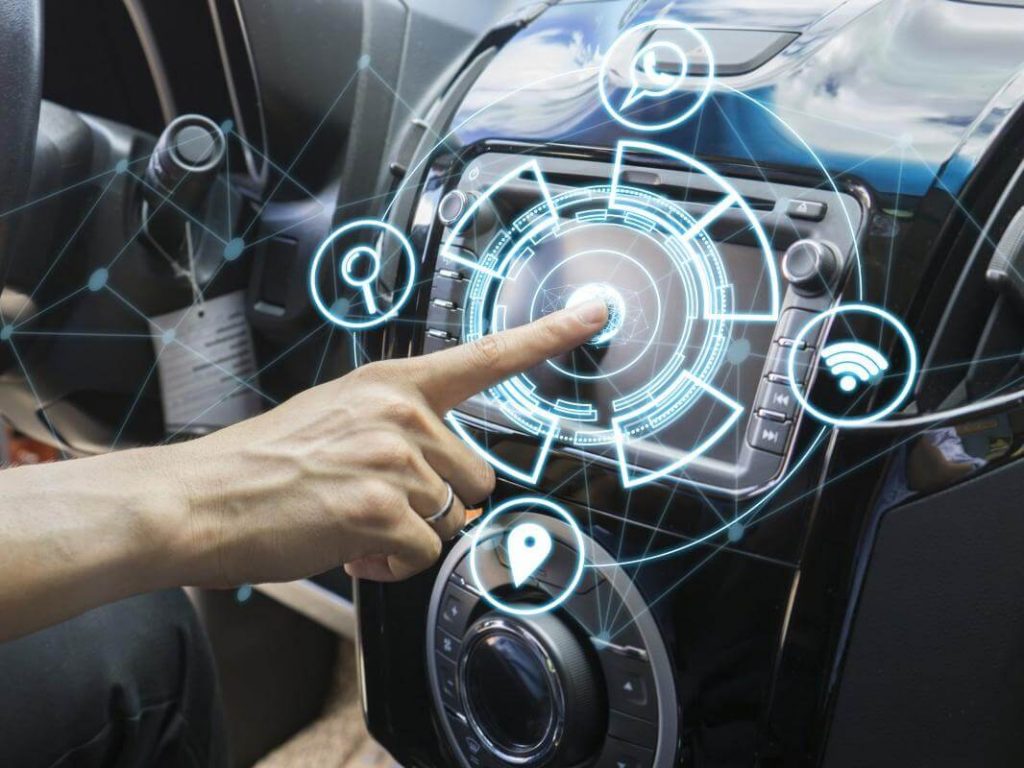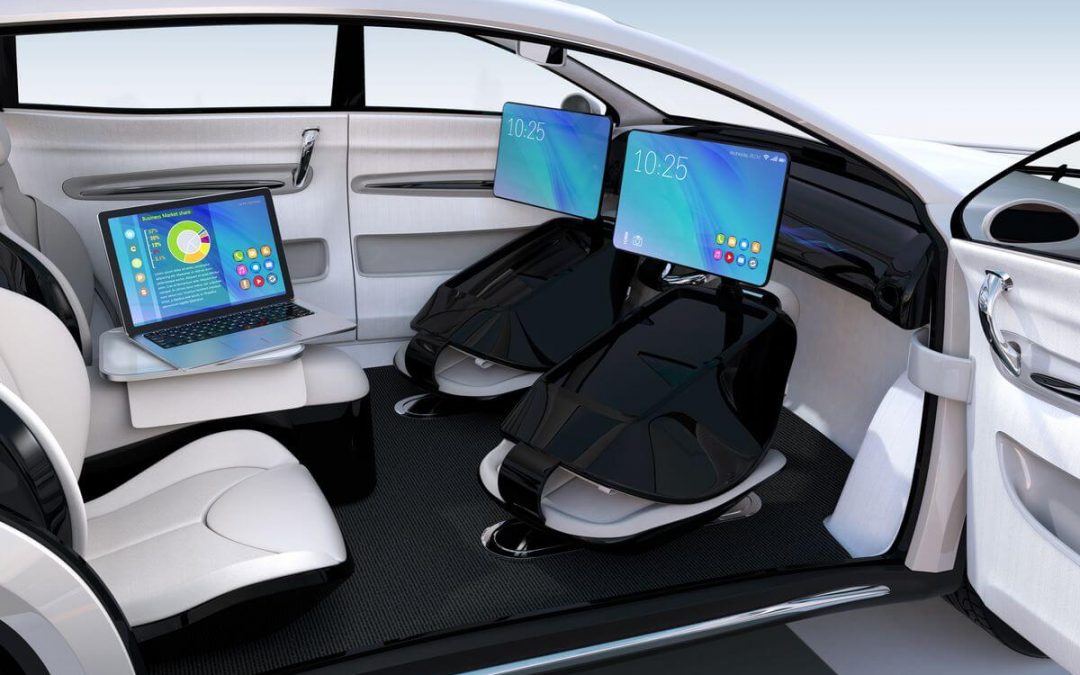2016 has been the watershed year for autonomous vehicles, and the walls surrounding self-driving vehicles have been coming down indeed. As the Silicon Valley and automobile manufacturers delve into partnerships, more self-driving cars will be seen on the road more quickly, culminating with the anticipated mass 2021 launch of Ford’s self-driving taxis. In the interim, other names are quickly gearing into the space, from the pioneering Tesla to the partnership between Uber and Volvo, as well as GM’s foray into autonomous driving with the SuperCruise technology in Cadillacs as early as 2017. BMW has also partnered with Intel and Mobileye to develop their own autonomous vehicles.

Lidar over Radar
Automakers have all been cautioned by the tragedy in May of Joshua Brown, Tesla’s first vehicle history report with an Autopilot fatality, when Brown’s vehicle collided into a tractor-trailer crossing the highway. In September, Gao Yaning in China died while Tesla’s Autopilot system was possibly engaged and crashed right into a street sweeper. Automakers and their technology partners are reinforcing safety measures in both environmental scanning and system AI as they develop autonomous vehicles.
Ford, as a leading example, has emphasized its focus on slow but sure approach in safety, especially as they are developing their fleet of self-driving cars that will operate as taxis by 2021 in urban settings with stop-and-go speeds and traffic lights. This fleet in production within five years will create a car without a driver or even steering wheel!
Learning from the possible flaws in Tesla’s Autopilot, Ford has focused on integrating its lidar, which works on the principles of radar, but instead employs laser beams, along with computer chips and cameras, to more accurately scan the entire environment. Google is also employing lidar into their autonomous vehicles.
Specifically, lidar measures the distance to objects by illuminating the area with laser lights, which then creates a high-resolution 3D map. The amount of information needs to be transferred at such a high speed that silicon, the traditional material for transistors and chips, is not keeping up, and instead, companies are looking towards gallium nitride transistors as semiconductors, which can process information 100 to 1000 times faster than silicon chips. Considering mere seconds means life or death on the road, chips that can process data faster is imperative for the safety of the driver and all surrounding.
While radar projects forward, lidar scans the entire field of vision – thus having a predictive ability that would even detect a pedestrian who might be darting into traffic unexpectedly. In fact, according to James McBride, a Ford engineer speaking to the NY Times, lidar “is capable of picking up key details of an object, not just its shape. Lidar can make out the fingers on a pedestrian’s hand.” By combining lidar with high-definition digital maps, Ford is developing technology that will help self-driving cars differentiate between stationary items on the road, such as overhead signs, and objects that are moving, like the tractor-trailer into which Brown’s Tesla fatally crashed.
Training Autonomous AI with Grand Theft Auto – But What About Morals?
While lidar is a self-driving car’s eyes, it is the artificial intelligence that is an autonomous vehicle’s brain, computing decisions in lightning speeds. The more the AI is trained in simulation, the more accurately and safely it can maneuver on the real streets. The most challenging part, however, was the sheer manpower required to input and label data for the simulation models. But researchers now are using an innovative way to train artificial intelligence: let them play video games…for thousands and thousands of hours!
Utilizing games especially like Grand Theft Auto, researchers are leveraging the realistic imagery, terrains, and scenarios to train the computers through machine learning for the real road and VIN number checks. They’re creating realistic vehicle history reports from video game training! A research team from Germany’s Darmstadt University and Intel Labs has programmed a software layer between the video games and the computer’s hardware. Every item in the scene is then automatically classified and labeled, which aids in training a computer’s vision system as well as real imagery does. The environmental conditions are much easier to vary and test in video game scenarios, helping these autonomous driving brains to be trained from dawn to dusk, noon to midnight, and every moment in between.
But going deeper than the classification of terrain and road objects are the ethics of autonomous driving. In a brand new game released by MIT, the Moral Machine gives humans a glimpse into the morals that need to be programmed into self-driving cars. These are the same exact dilemmas engineers are facing currently – who is responsible for coding the ethics of who lives and dies in the minds of autonomous cars? If the brakes of a car fail, does the car choose to crash into a barricade to avoid hitting two pedestrians? Or does it protect the fives lives of those inside the car? If the car is filled a senior citizen and there are little three children crossing the street, who does the vehicle choose to save? Should the car choose to save the doctor’s life at the cost of two criminals’ lives? Should the car choose at all? Who is responsible for these deaths? Does the car uphold the law or save lives?
This is just the top layer of the ethical questions coders are currently trying to answer as they program autonomous vehicles – and the most challenging part of self-driving cars. Technology will continue to be refined, but who should make these ethical decisions and what are the right choices?
They’re Looking at You
In the interim, as manufacturers and programmers scramble between technology and moral decisions, carmakers continue to roll out new advancements that prepare us for a completely driverless car in a few years. In 2017, GM plans to debut their semi-autonomous technology in their Cadillac CT6, entitled Super Cruise technology, which allows the car to drive in certain highway conditions when GM has highly detailed map data.
As a built-in safety precaution, their technology tracks your eyes, ensuring that you keep your eyes on the road, instead of on a DVD screen or your dreams. Should your eyes wander off track, the car will enact visual, auditory, and OnStar representative alerts to put your eyes back on the road. The system will also monitor your hands, ensuring you keep your digits on the wheel – and your vehicle history report clean.
Who’s Next?
The most rapid development in the autonomous car scene has been for self-driving vehicles in commercial fleets, specifically taxis. Volvo and Uber have partnered together in a $300 million agreement, after GM and Lyft signed a similar agreement for a $500 million investment. Fiat Chrysler is working with Google to develop autonomously driving minivans, which are intended for urban taxi use. The incentives for the ride sharing companies are immense, whose largest expense – personnel costs of human drivers – will be eliminated once their self-driving vehicles are on the road.
Look for the self-driving Uber Volvos now in Pittsburgh, their pilot ground. You’ll also still spot a driver in the car – just in case.


